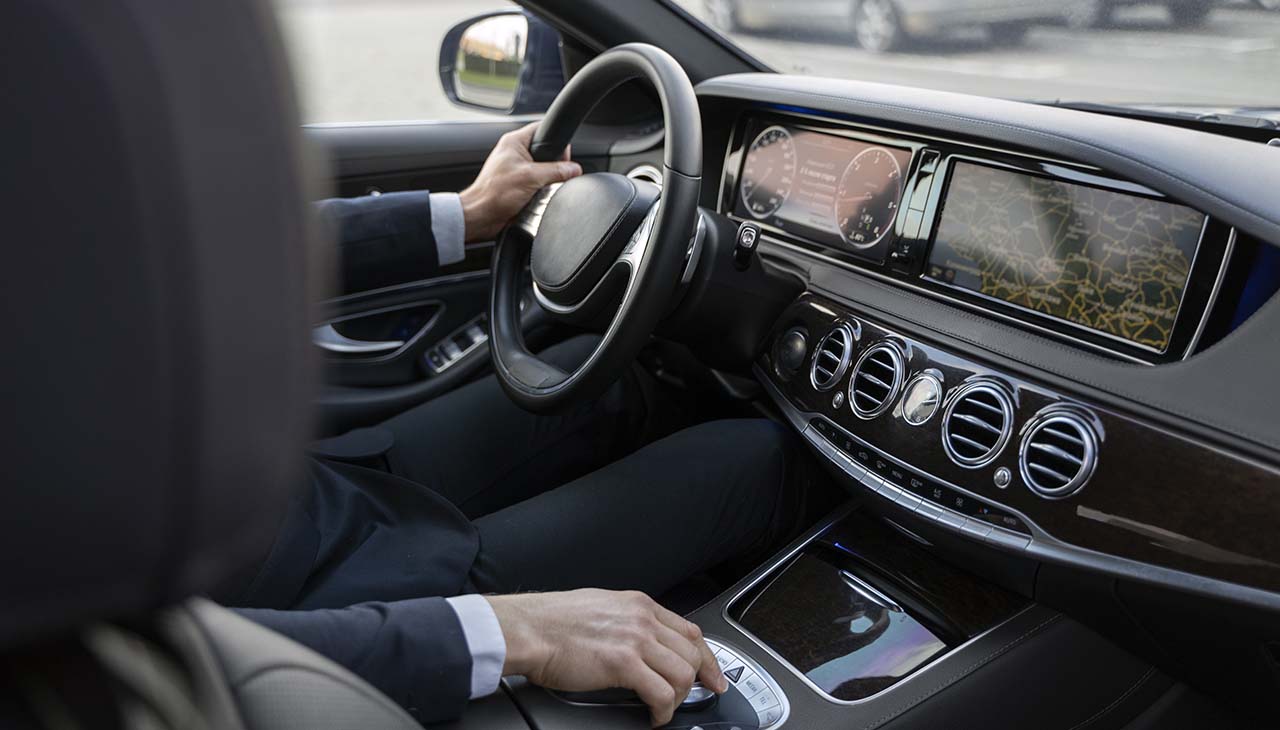The roar of engines and the hum of wheels have long been coupled with the drumbeat of innovation in vehicle safety technology. The dual demands of car enthusiasts and the auto industry have led to an ongoing evolution of safety features, with each new development bringing us closer to the dream of accident-free driving. This comprehensive guide takes you through the latest advancements in vehicle safety technology, outlining their evolution, impact on road safety, and the path we’re paving towards a future in which the risks of the road are mitigated to their lowest extent.
The Safety Zeitgeist: Why Technology Matters
Vehicle safety technology is more than a mere trend or selling point in the automotive world; it’s a critical domain for both consumer and road safety. As the automotive industry experiences seismic shifts toward electrification, autonomy, and connectivity, safety technology remains the steadfast compass directing these changes. Not only does it enhance our driving experience, but it also saves lives, an objective central to every development.
In this post, we explore the latest in safety technology, from the simple yet invaluable airbag to the more complex artificial intelligence-driven systems. For consumers, it’s essential to stay informed and consider these advancements when making your next vehicle purchase. For the industry, understanding the trajectory of these innovations can mean setting the gold standard for safety in the marketplace.
Evolutionary Milestones: A Brief History
Safety technology in vehicles is a testament to humans’ ingenuity and their ability to learn from past mistakes. From the earliest seatbelts, which were introduced in the 1950s and became standard by law, to the revolutionary Anti-lock Braking System (ABS) in the 1970s, our vehicles have continually become safer through technology.
The 1980s saw the introduction of airbags, now a ubiquitous feature in modern cars, and in the 1990s, Electronic Stability Control (ESC) systems began to make headway. By the turn of the millennium, we witnessed the introduction of more advanced technologies, such as blind-spot monitoring, lane departure warning systems, and backup cameras.
Each innovation marked a step forward, and together they transformed our expectations around safety. But the story doesn’t end there; the relentless drive for improvement has given us new tools in the fight against road accidents.
The Cutting Edge: Unveiling the Latest in Safety Tech
Advancements in vehicle safety technology are at a fever pitch, with a focus on not just protecting occupants during a crash, but also preventing collisions in the first place. Here are some of the latest innovations shaping vehicle safety:
Advanced Driver-Assistance Systems (ADAS)
These systems use a multitude of sensors – from cameras to radars and LIDAR – to provide the driver with a virtual co-pilot. They can include features such as:
- Adaptive Cruise Control (ACC), which adjusts the vehicle’s speed to maintain a safe distance from the car ahead.
- Lane-Keeping Assist (LKA), which gently nudges the vehicle back into its lane if it senses a drift without the turn signals being activated.
- Automatic Emergency Braking (AEB), a system that autonomously applies the brakes if an imminent collision is detected, and the driver doesn’t respond to alerts.
Occupant Protection Innovations
New materials and designs in vehicle construction, combined with innovative airbag systems, are maximizing safety during a crash. For instance:
- Curtain airbags, which deploy from the ceiling and protect occupants from side impacts.
- Pedestrian detection systems, which can apply the brakes to prevent or mitigate the severity of accidents involving pedestrians.
Connected Safety Features
Vehicle-to-Vehicle (V2V) and Vehicle-to-Infrastructure (V2I) communication are becoming more widespread, enabling cars to share data that enhances safety. Examples include:
- Intersection Movement Assist (IMA), where cars communicate with each other to prevent intersection collisions.
New Frontiers in Safety
The frontier of safety is expanding with the integration of artificial intelligence, machine learning, and even biometric monitoring. Some of these technologies include:
- Driver Monitoring Systems (DMS), which can detect drowsiness and alert the driver to take a break.
- Rollover Prevention Systems (RPS), which use predictive technology to prevent the vehicle from rolling over in certain conditions.
These innovations collectively represent a paradigm shift where vehicles are not just passive metal enclosures but active protectors and enablers of safe travel.
The Impact on Road Safety: Real-World Examples
The adoption of these advanced safety technologies is not just about the bells and whistles or the marketing hype; it is making a tangible difference in saving lives. Statistics from various regions around the world consistently show a reduction in the number and severity of accidents where these features are prevalent.
For instance, according to the National Highway Traffic Safety Administration (NHTSA), AEB systems have the potential to prevent 28,000 crashes and 12,000 injuries each year in the US alone. Similarly, the European Transport Safety Council (ETSC) reports that ESC systems have led to a 30% decrease in single-vehicle accidents in Europe.
These are not just numbers – they represent numerous individuals who have avoided what could have been life-altering accidents. It is clear that the integration of these safety technologies is a significant milestone in the ongoing effort to improve road safety.
Gazing Ahead: The Future of Vehicle Safety
As we look to the horizon, it’s evident that the trajectory of vehicle safety technology will only move forward. The integration of ADAS and connected technologies marks one step in the continued march towards autonomous driving. The prospect of self-driving cars, while still on the cusp of wider adoption, opens up new dimensions of safety and mobility.
Yet, as with all technologies, challenges will need to be addressed. These include ensuring the reliability and security of advanced systems, navigating the legal and ethical landscapes of autonomous driving, and fostering public trust in the safety benefits of new technologies.
The future might see a day where road accidents are rare occurrences, and the toll of traffic-related injuries is a fraction of what it is today. Until then, the automotive industry and enthusiasts alike will continue to champion the cause of safety technology, forging a path where the road is as safe as it is exciting.
In Conclusion: Why Safety Should Drive Us
The road ahead is paved with progress in vehicle safety technology, and it’s a direction that should drive both consumers and the automotive industry. For the former, staying informed and considering these features in their purchases could mean the difference in critical moments. For the latter, a commitment to safety can be a differentiator and a point of pride that resonates with an increasingly conscientious consumer base.
The conversation on safety isn’t just about technology; it’s about people – about ensuring that the joy of the road is accompanied by the peace of mind that you’re as safe as you can be. Each advancement, each feature, and each innovation moves us closer to a day where the risks are as distant in our rearview as the horizon is ahead. It’s an aspiration worth accelerating towards, and one where technology is a driving force we can truly celebrate.


